Celebrate World Migratory Bird Day (WMBD) with us in our virtual “Birds Connect Our World” edition! Have fun learning about a new migratory bird every day. We have colouring pages, puzzles, activities, and more. Download for free and enjoy nature with your family at home. This week we are also celebrating World Shorebirds Day and Global Shorebird Count (3 to 9 September). 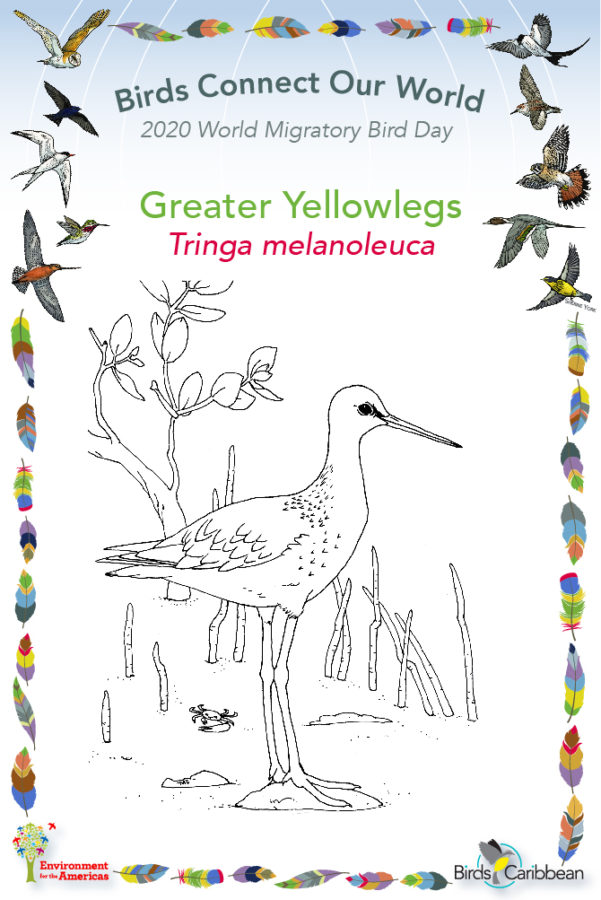
Migratory Bird of the Day: Greater Yellowlegs
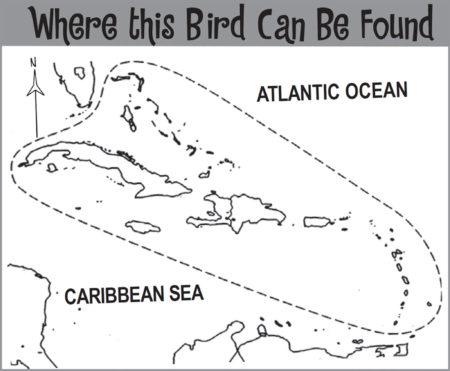 There is no mystery as to where this elegant, fairly large shorebird got its name. The long, bright yellow legs are a real give-away when identifying this bird. But take care not to mix it up with its smaller cousin the Lesser Yellowlegs! To pick out the Greater Yellowlegs, as well as the larger size, look for the relatively longer beak, sometimes slightly upturned. Also overall look Greater Yellowlegs look a bit chunkier. Greater Yellowlegs are mottled grey above and white on the belly. You will often hear their three to four ringing note “Kiu-Kiu-Kiu” calls, which are another great way to be sure you got the right species ID. (Lesser Yellowlegs usually give only 2 notes and the call is sharper and more clipped.) Greater Yellowlegs breed in the boreal forests of Canada and Alaska, in bogs and marshes. They start arriving in the Caribbean from August. Greater Yellowlegs are most commonly seen on their southward migration through until October. Some will continue on to South America, but others will spend the winter here. Greater Yellowlegs can be found in wetlands, both freshwater and on the coast. They show up in rice-fields, mud flats and on mangrove edges. They love to wade into the water, searching for small fish, crustaceans and snails. Sometimes this means you cannot see their yellow legs! In some parts of the Caribbean, hunters shoot Greater Yellowlegs and other shorebirds. But, one of the main threats to Greater Yellowlegs is the ongoing loss of wetland habitats, in the places it spends the winter. Making sure that wetlands in the Caribbean are preserved will help this species and many others find safe, food-rich places either to refuel on migration or to spend the winter. Learn more about this species, including its range, photos, and calls here.
There is no mystery as to where this elegant, fairly large shorebird got its name. The long, bright yellow legs are a real give-away when identifying this bird. But take care not to mix it up with its smaller cousin the Lesser Yellowlegs! To pick out the Greater Yellowlegs, as well as the larger size, look for the relatively longer beak, sometimes slightly upturned. Also overall look Greater Yellowlegs look a bit chunkier. Greater Yellowlegs are mottled grey above and white on the belly. You will often hear their three to four ringing note “Kiu-Kiu-Kiu” calls, which are another great way to be sure you got the right species ID. (Lesser Yellowlegs usually give only 2 notes and the call is sharper and more clipped.) Greater Yellowlegs breed in the boreal forests of Canada and Alaska, in bogs and marshes. They start arriving in the Caribbean from August. Greater Yellowlegs are most commonly seen on their southward migration through until October. Some will continue on to South America, but others will spend the winter here. Greater Yellowlegs can be found in wetlands, both freshwater and on the coast. They show up in rice-fields, mud flats and on mangrove edges. They love to wade into the water, searching for small fish, crustaceans and snails. Sometimes this means you cannot see their yellow legs! In some parts of the Caribbean, hunters shoot Greater Yellowlegs and other shorebirds. But, one of the main threats to Greater Yellowlegs is the ongoing loss of wetland habitats, in the places it spends the winter. Making sure that wetlands in the Caribbean are preserved will help this species and many others find safe, food-rich places either to refuel on migration or to spend the winter. Learn more about this species, including its range, photos, and calls here.
Colour in the Greater Yellowlegs!
Download the page from Migratory Birds of the West Indies Colouring Book. Use the photos below as your guide, or you can look up pictures of the bird online or in a bird field guide if you have one. Share your coloured-in page with us by posting it online and tagging us @BirdsCaribbean @WorldShorebirdsDay #WMBD2020Carib #WorldShoreBirdsDay
Listen to the call of the Greater Yellowlegs
The Greater Yellowlegs call is a strident three or four-note “Kiu-Kiu-Kiu.“
Puzzle of the Day
Click on the images below to do the puzzles. You can make the puzzle as easy or as hard as you like – for example, 6, 8, or 12 pieces for young children, all the way up to 1,024 pieces for those that are up for a challenge!
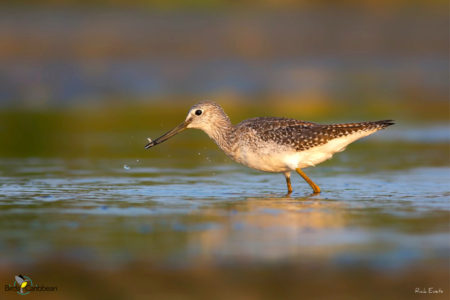
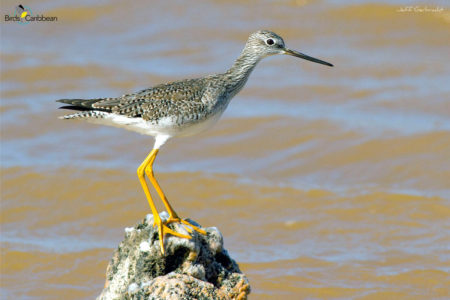
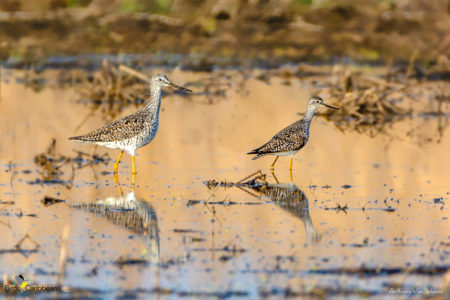
Activity of the Day
FOR KIDS: Migrating shorebirds spend lots of their time flying. Remember that Whimbrels can fly for up to 6 days without stopping! You can make your own flying shorebird, with this flight animator. Just follow the instructions to get your shorebird flying! 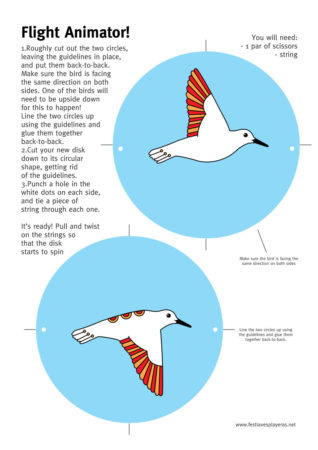 FOR KIDS AND ADULTS:
FOR KIDS AND ADULTS:
- Visit a pond, wetland or nearby beach and see how many different shorebirds and waterbirds you can find and identify. Use a bird field guide or the FREE Merlin bird ID app to help you identify the birds you are seeing.
- If you’re able, do a count of the species that you see – learn more about counting waterbirds and the Caribbean waterbird Census at this link. Learn more about World Shorebirds Day and the Global Shorebird Count (September 3 to 9, 2020) at this link.
- Enjoy the videos below of feeding Greater Yellowlegs. The first video show a bird feeding, as this species often does, in shallow and sometimes deep water, probing and swishing its long beak from side to side to stir up the water and feel for its prey. The second video is longer and shows a useful comparison of Greater Yellowlegs with Lesser Yellowlegs. You can also hear the 3-4 note call tew tew tew that the Greater Yellowlegs often gives when alarmed or taking flight.
- Visit MigratoryBirdDay.org for many more free activities and resources to learn about migratory birds, their threats and conservation actions you can take.
